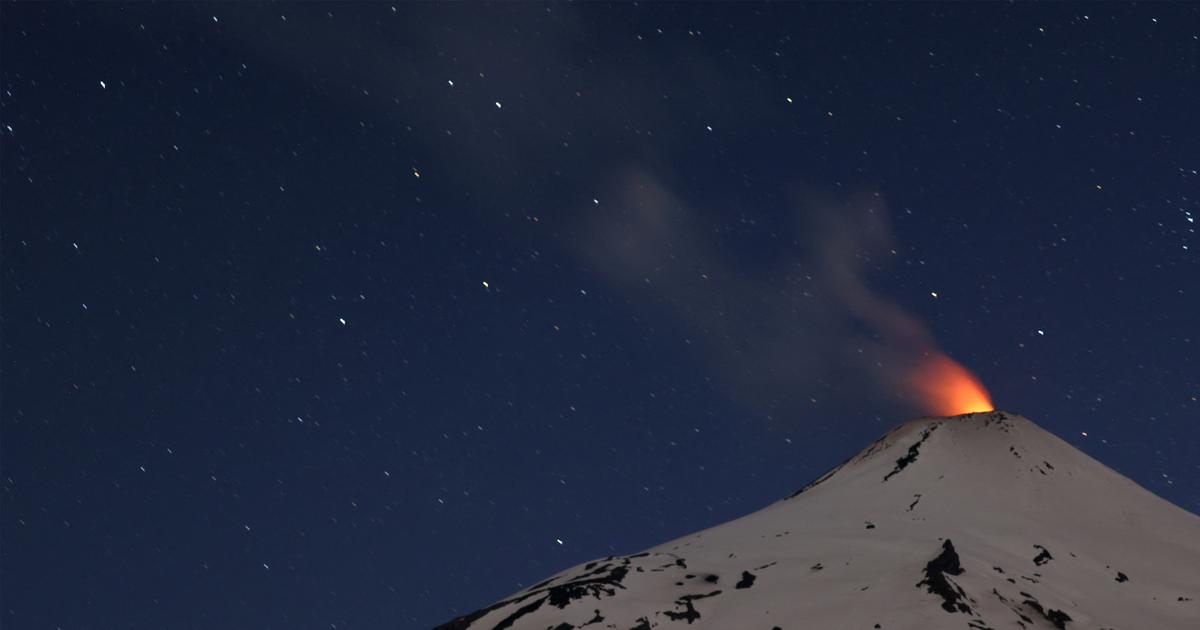Unusual activity and a series of earthquakes: the Villarrica volcano, one of the most active in South America, has put Chilean authorities on alert over a high risk of an eruption in a popular tourist area in the south from the country.
Culminating at more than 2,800 meters above sea level, between the regions of La Araucania and Los Rios, the volcano has recorded abnormal activity since October.
A series of earthquakes and gas explosions accompanied by incandescent lava, which can reach up to 220 meters high, have been recorded in particular.
At the foot of the volcano, considered one of the most active in the country, lush forests, lakes, but also tourist resorts, including Pucon and its 28,500 inhabitants.
Located about fifteen kilometers from the massif, it welcomes some 10,000 tourists during the austral summer, according to official figures.
Read alsoRecord eruption for the Hunga Tonga underwater volcano
"
The problem with Villarrica is the risk, because there are many people who live in very exposed areas
," said geophysicist Cristian Farias.
It is "
the most active
", notes Alvaro Amigo, head of the National Volcanic Monitoring Network of the National Geology and Mining Service (Sernageomin), citing "
recurring eruptions
" and "
lahars
", these muddy flows of water and volcanic sediments that destroy everything in their path.
yellow alert
Experts believe Villarrica's current anomalous activity is similar to what it had before the last eruption in March 2015. At the time, lava explosions, up to 1,500 meters high, forced authorities to prohibit access within a radius of 10 km around the massif, without any damage to people or infrastructure being to be deplored.
In November, the Sernageomin issued a yellow alert in four localities near the massif, effectively prohibiting all access within a radius of 500 meters around the crater.
Since then, the activity of the volcano has been monitored 24 hours a day, via seismological, geochemical and satellite sensors, by the Volcanological Observatory of the Southern Andes (OVDAS), located some 600 km south of Santiago.
"
This real-time monitoring mainly allows decisions to be made in time in the event of a volcanic event and to decide on protocols to avoid any natural disasters
", underlines the seismologist Ayleen Gaete.
The orange alert in Chile, one of the countries in the world with the most active volcanoes, is decreed in the event of an imminent eruption.

